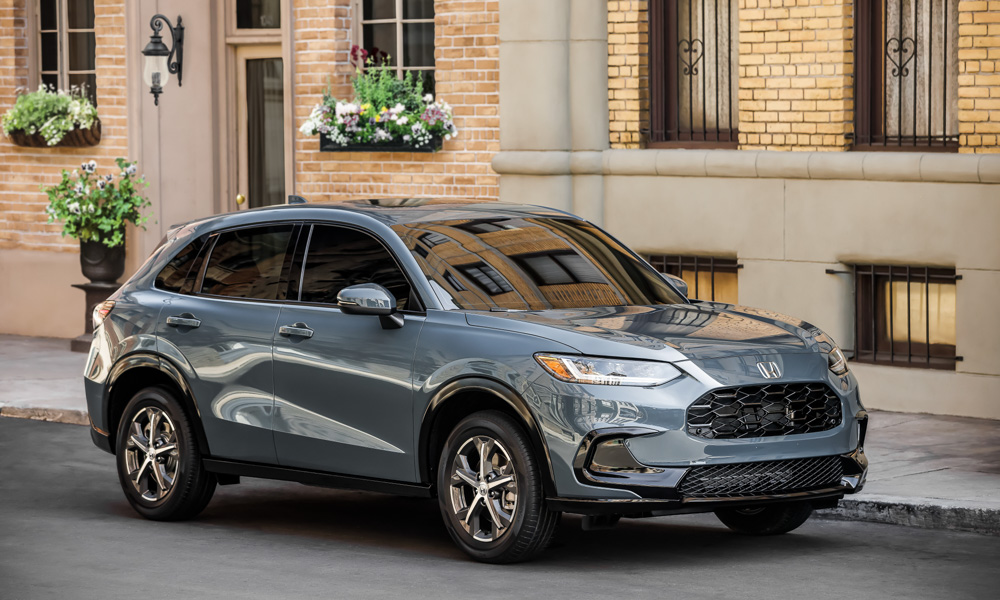
The new Honda HR-V is a pretty good, loaded and fun-to-drive crossover. We had fun with the subcompact crossover when we drove it at a media event.
Well, the Japanese automaker has just taken the wraps off the US version of the vehicle, and we can’t help but be envious.
The all-new US-market HR-V may look familiar if you squint enough, but you can’t deny the good things that Honda did to the HR-V which our American friends will enjoy.
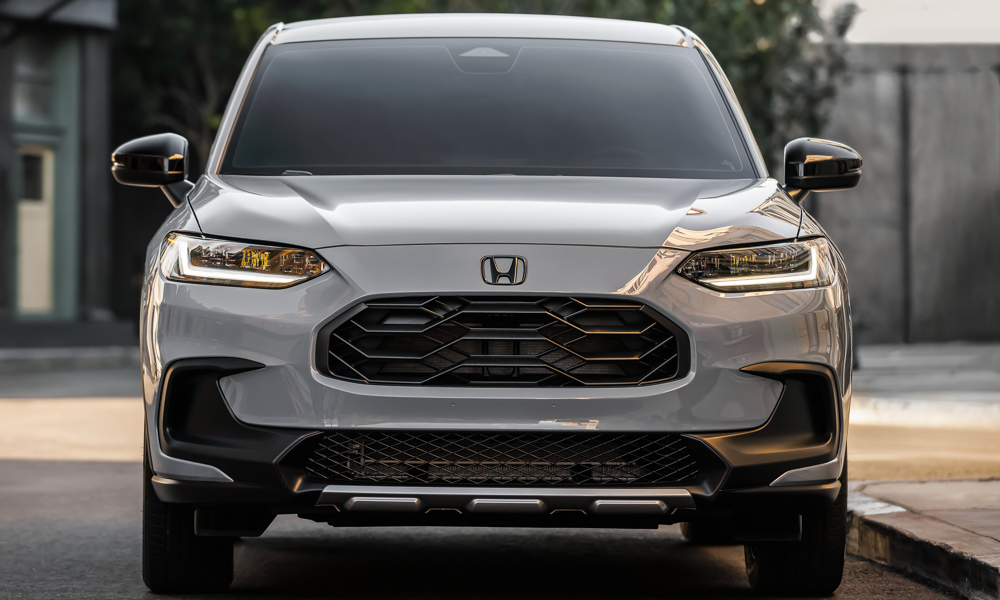
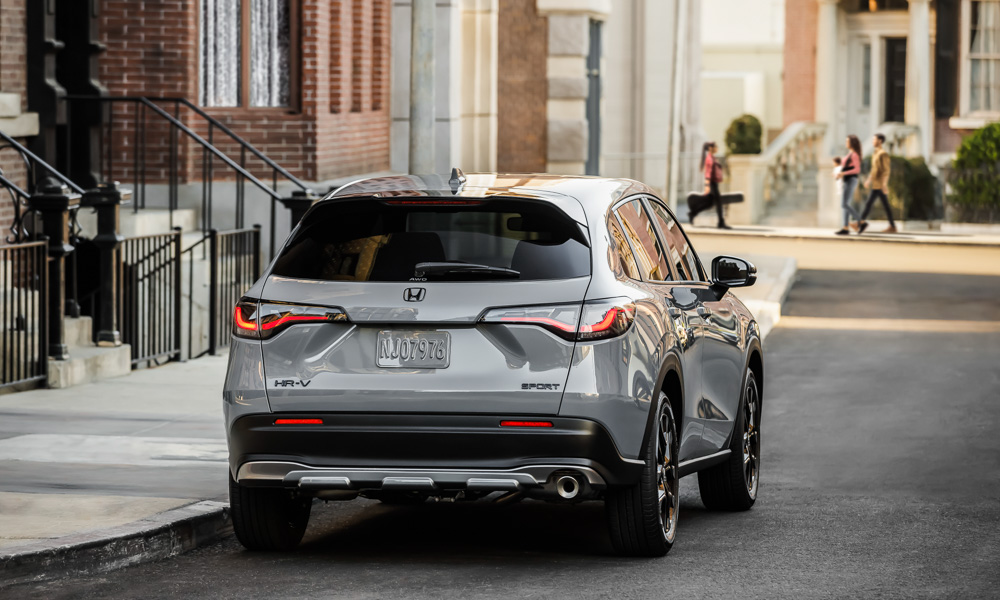
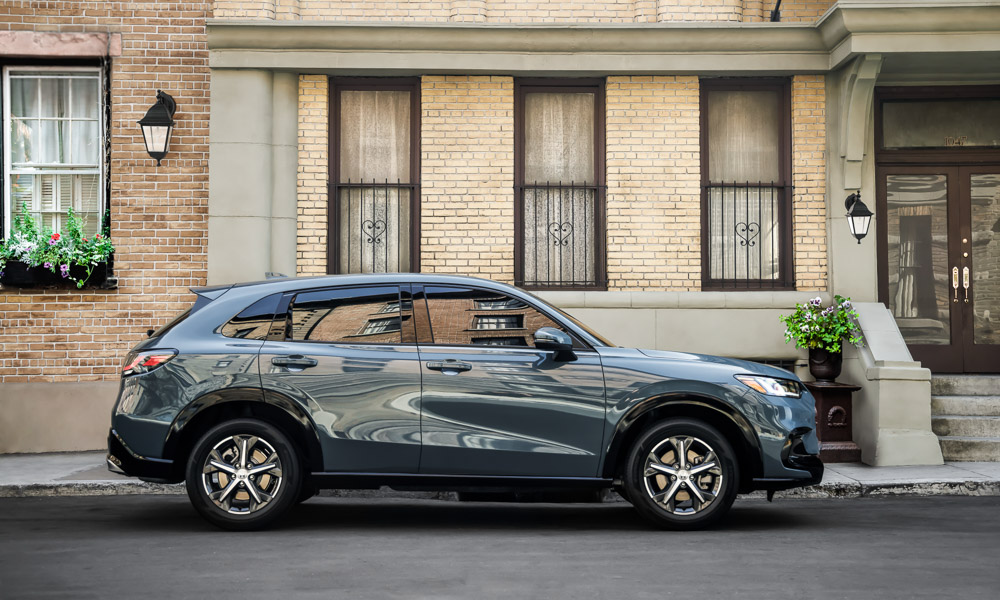
The front end has a different, tougher design. The sides get curvier sheet metal, and the back has a different tailgate and taillamp design. Compared to our HR-V, which is sleeker and more minimalistic, the US-bound model looks brawnier.
Because of these, the US-market HR-V is longer by 181.92mm, taller by 20.36mm, and wider by 48.96mm. The wheelbase is also longer by 44.3mm.
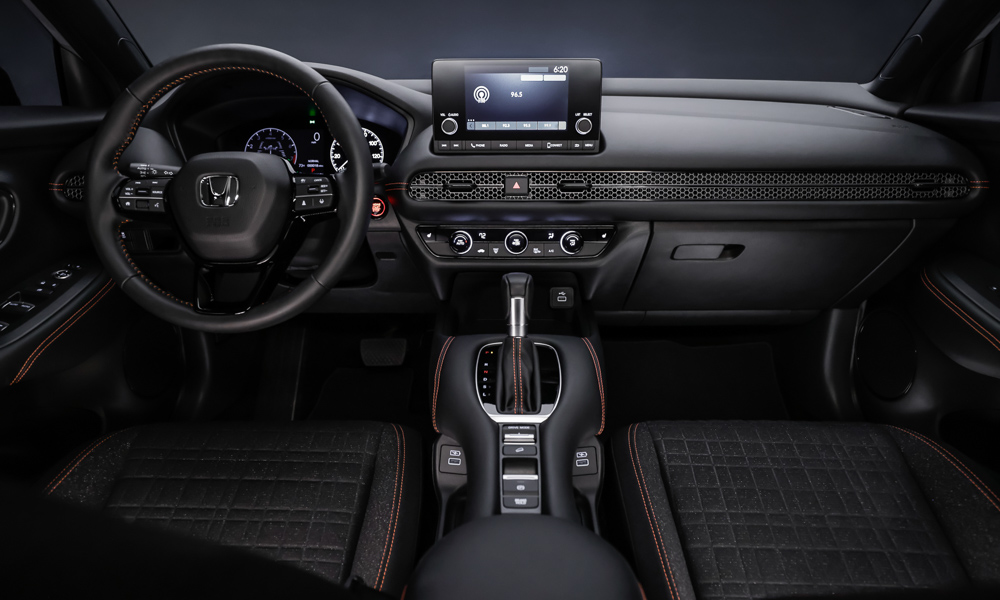
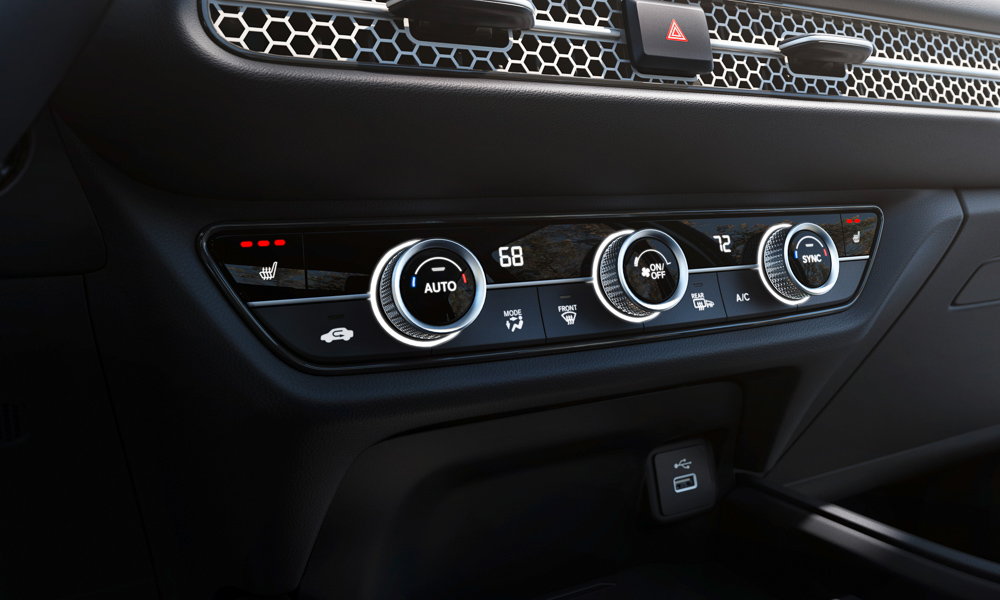
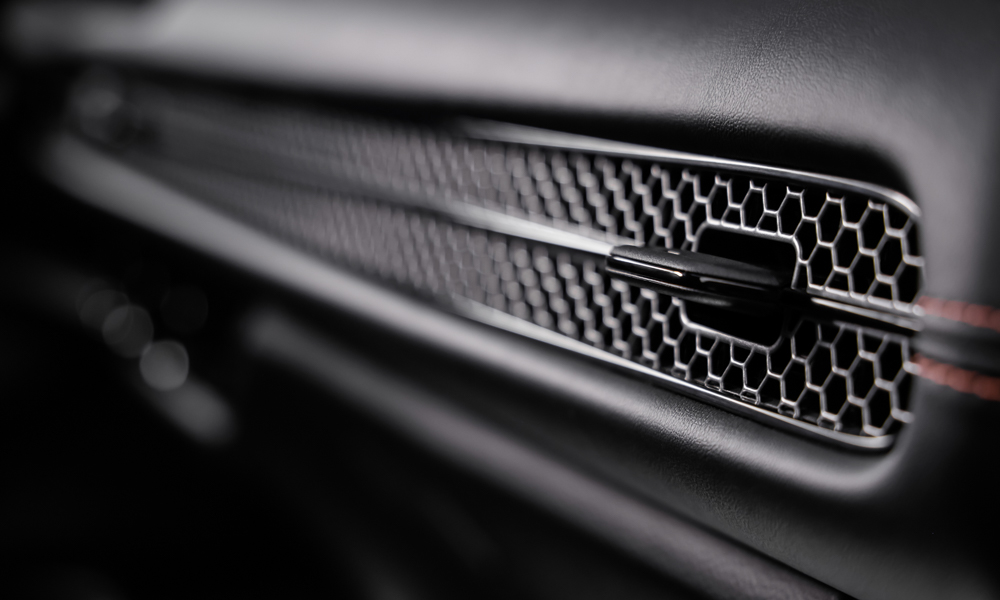
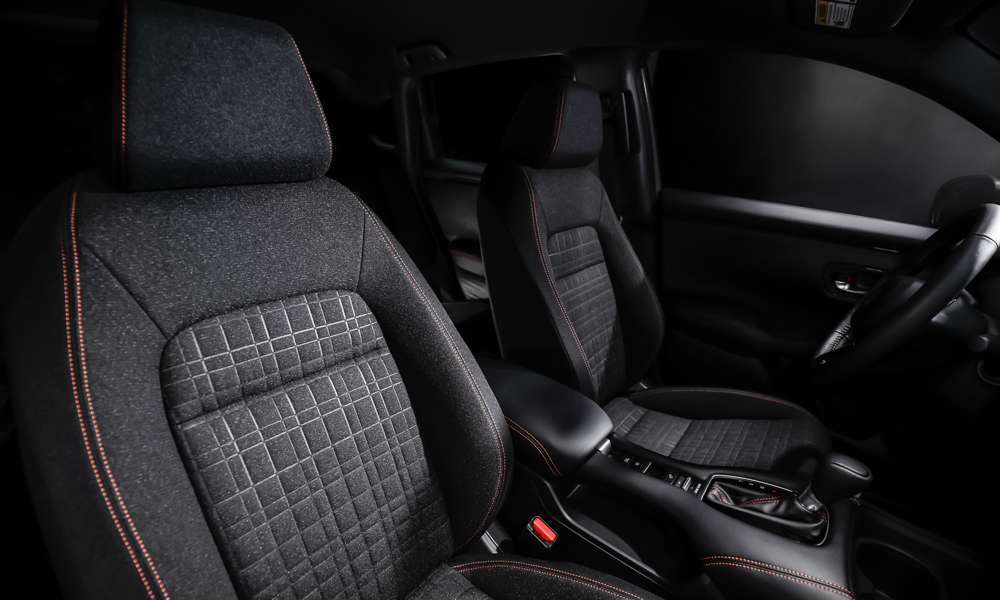
Inside, the interior is nothing like the ones we have. The dashboard of the US version looks like it’s lifted straight off a Civic. That includes the instrument cluster, the steering wheel, the infotainment system, and the honeycomb grille on the air-conditioning vents that stretch from the center stack to the passenger side. The only difference is the stalks of the climate control vents. The center console also has a symmetrical design, compared to the driver-oriented ones we get in our local HR-V.
The press kit mentioned that premium materials were used inside. This might mean more soft-touch trims, compared to the acres of hard plastics the Philippine-market units have. The US HR-V also has the Body Stabilizing Seats, which are said to be more comfortable and firmly hold the occupants’ bodies.
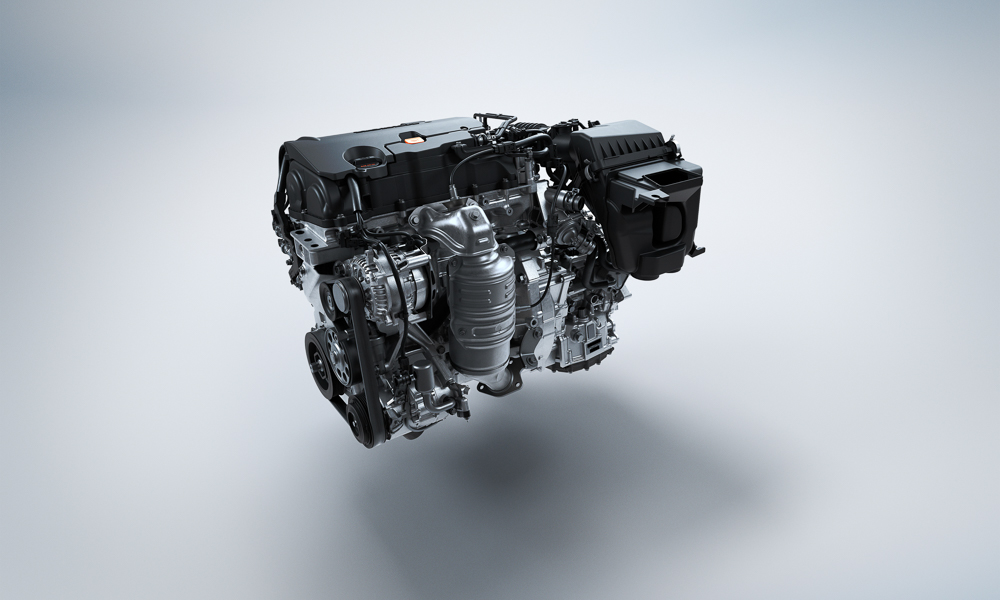
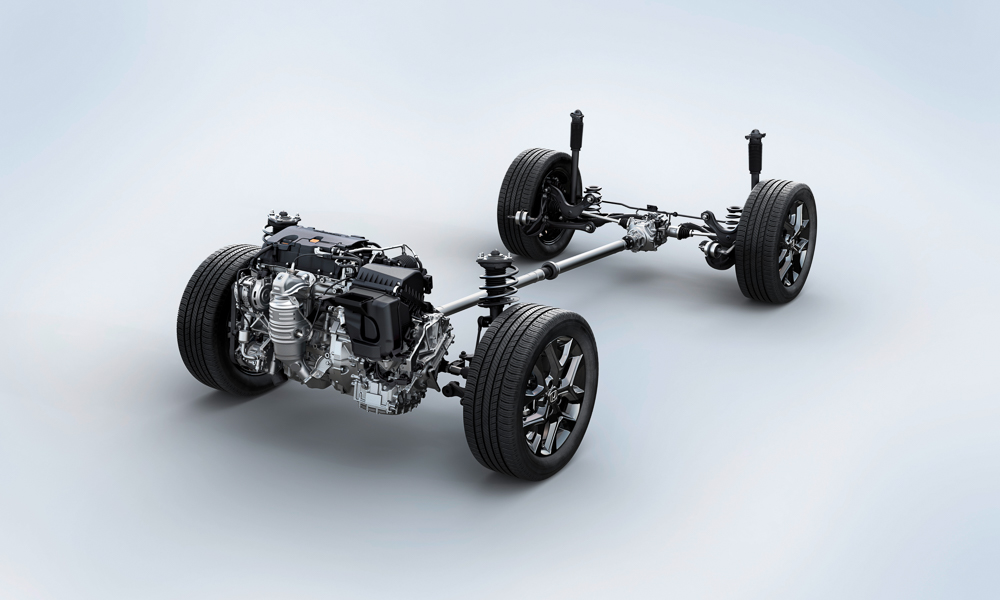
But the biggest changes are the mechanical bits. First, the US gets a naturally aspirated 2.0-liter four-cylinder engine that makes 158hp and 187Nm.
The US model gets a CVT, too, but it sends power to the front or all four wheels, thanks to the optional Real Time AWD with Intelligent Control. The rear suspension has also changed: US models get a fully independent rear suspension, in lieu of the torsion beam units that we have.
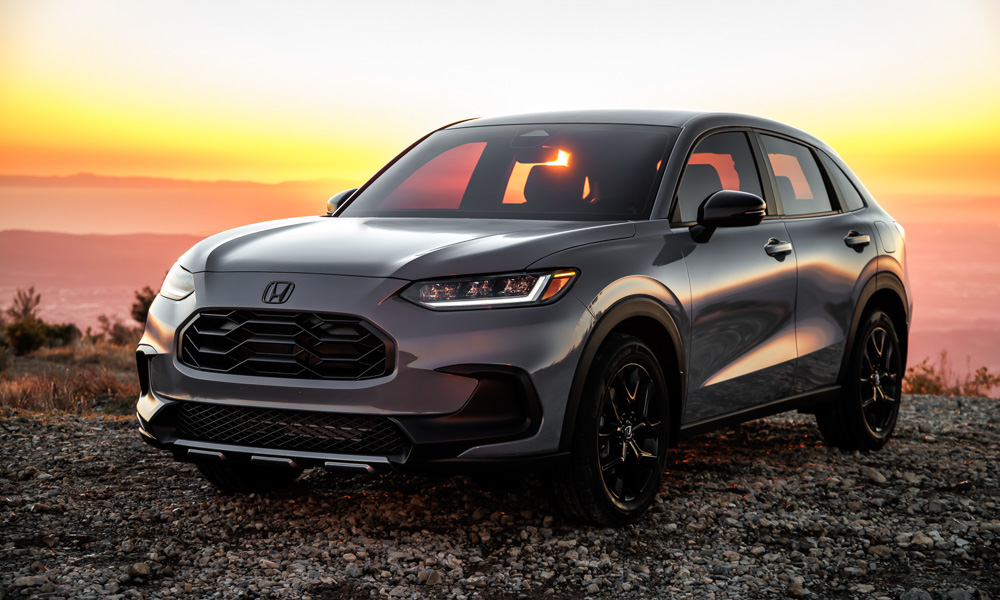
Other differences include side curtain airbags and other Honda Sensing features (like Traffic Jam Assist and Traffic Sign Recognition). We guess you can’t blame some Filipino customers who complain and think that the grass seems greener on the other side.

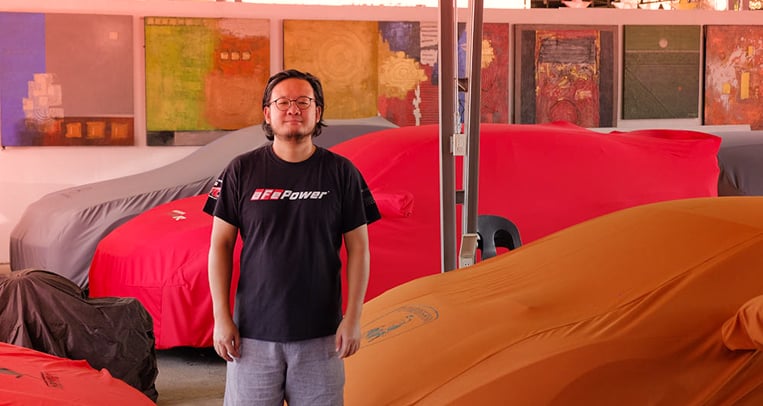
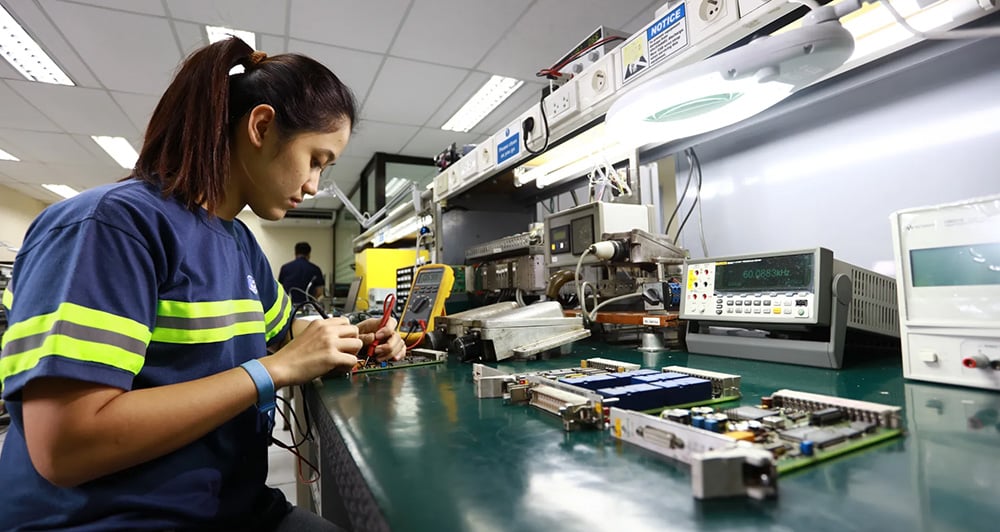
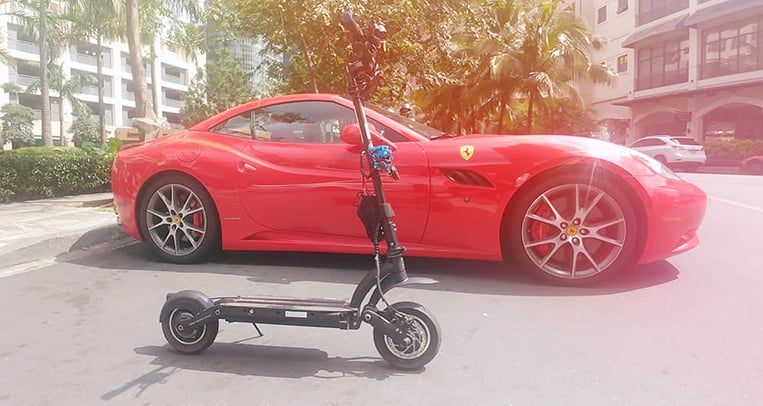
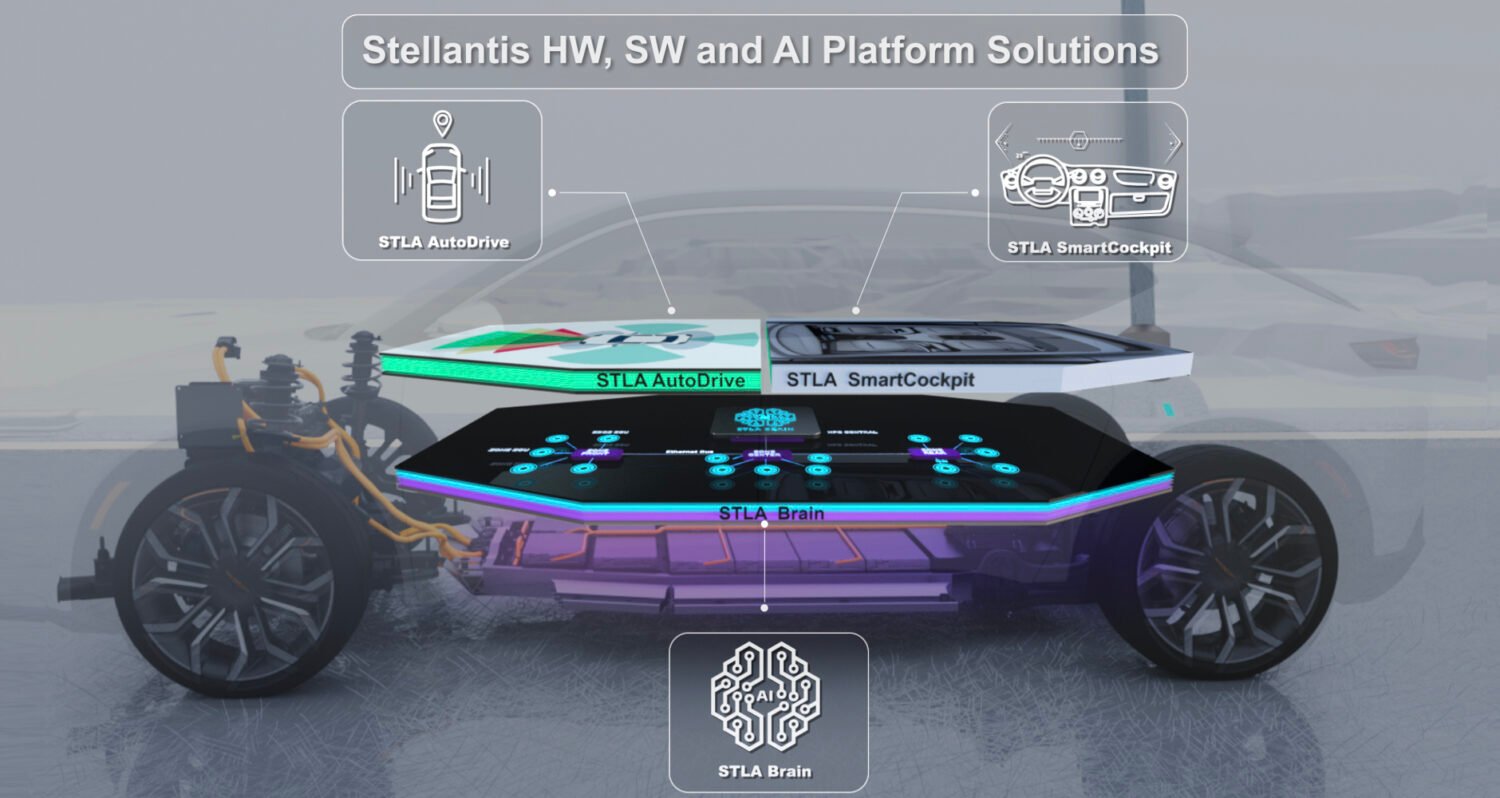


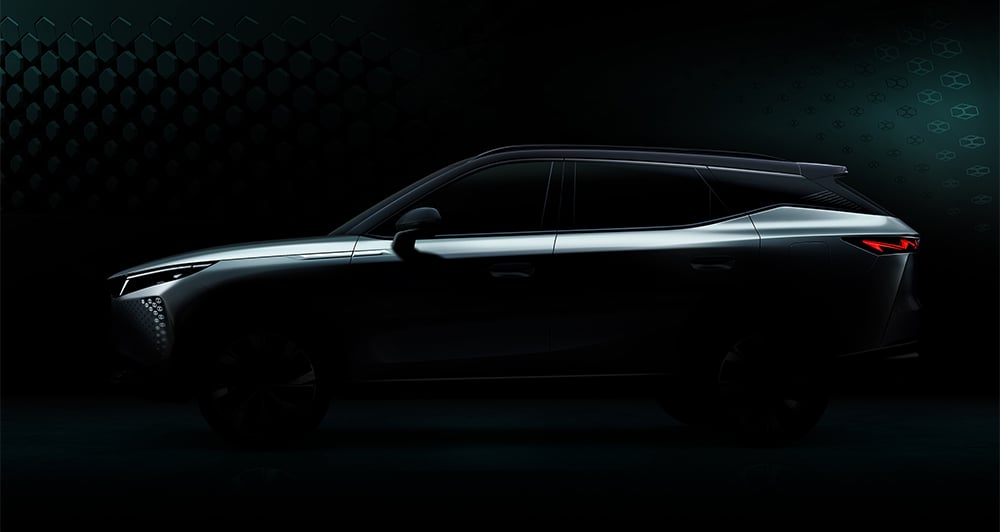
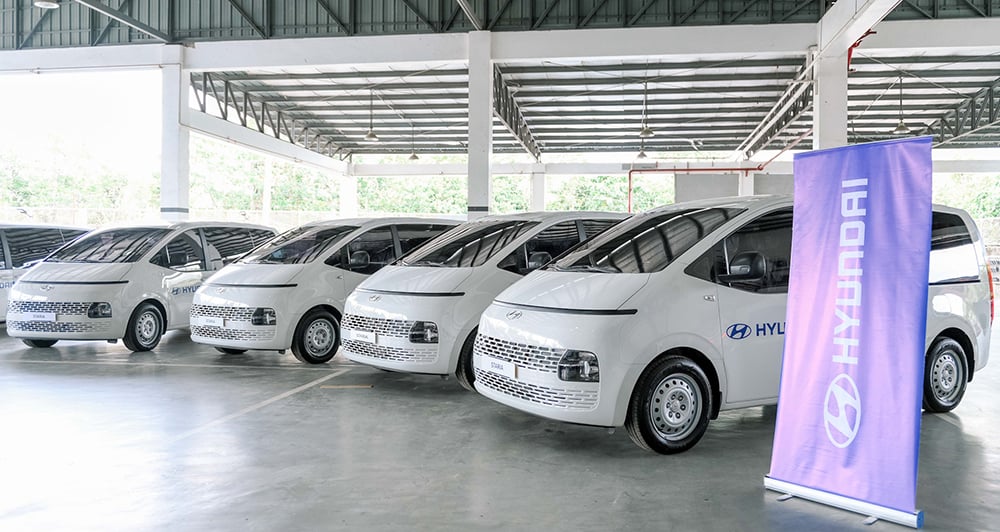


Comments